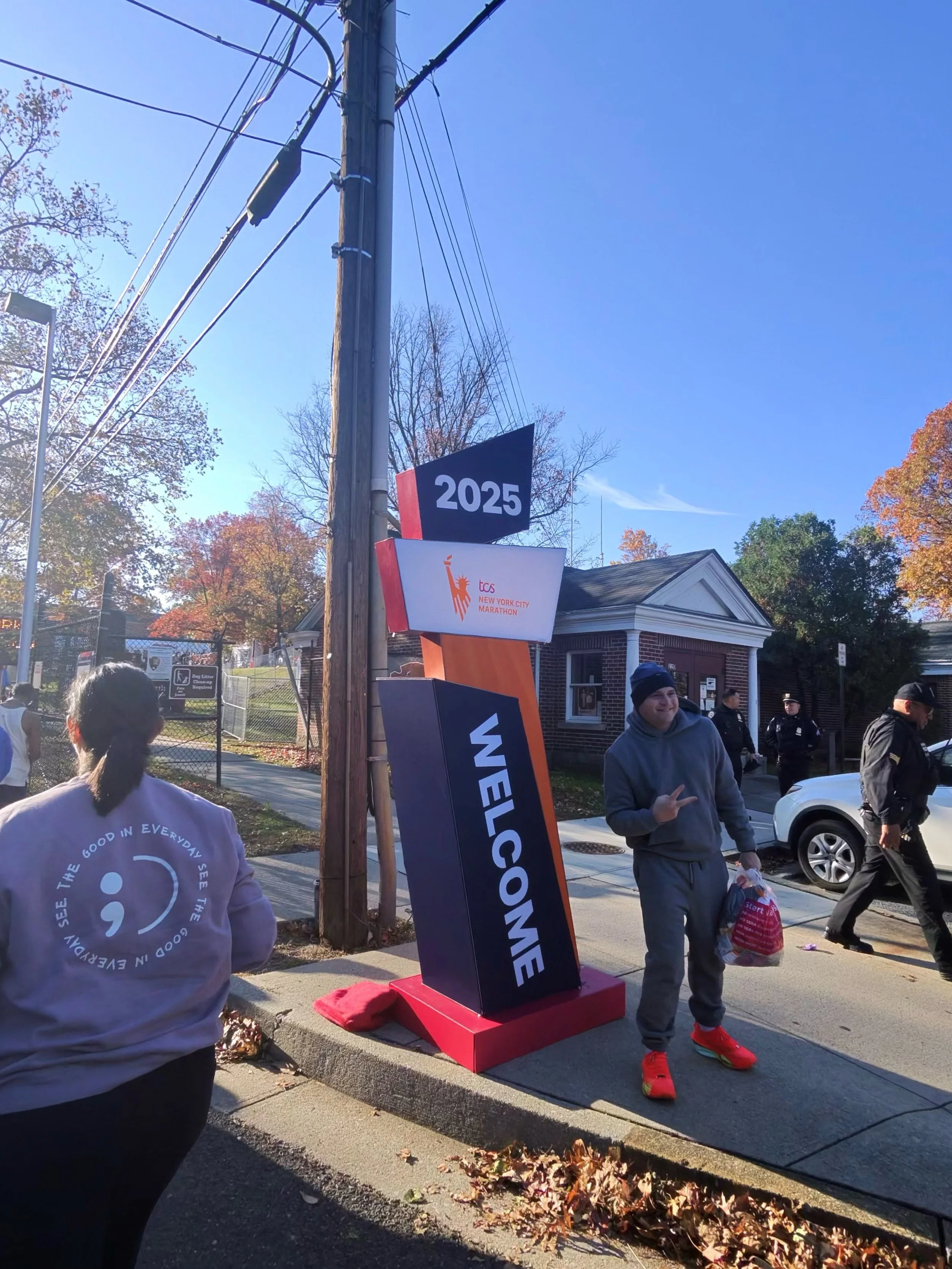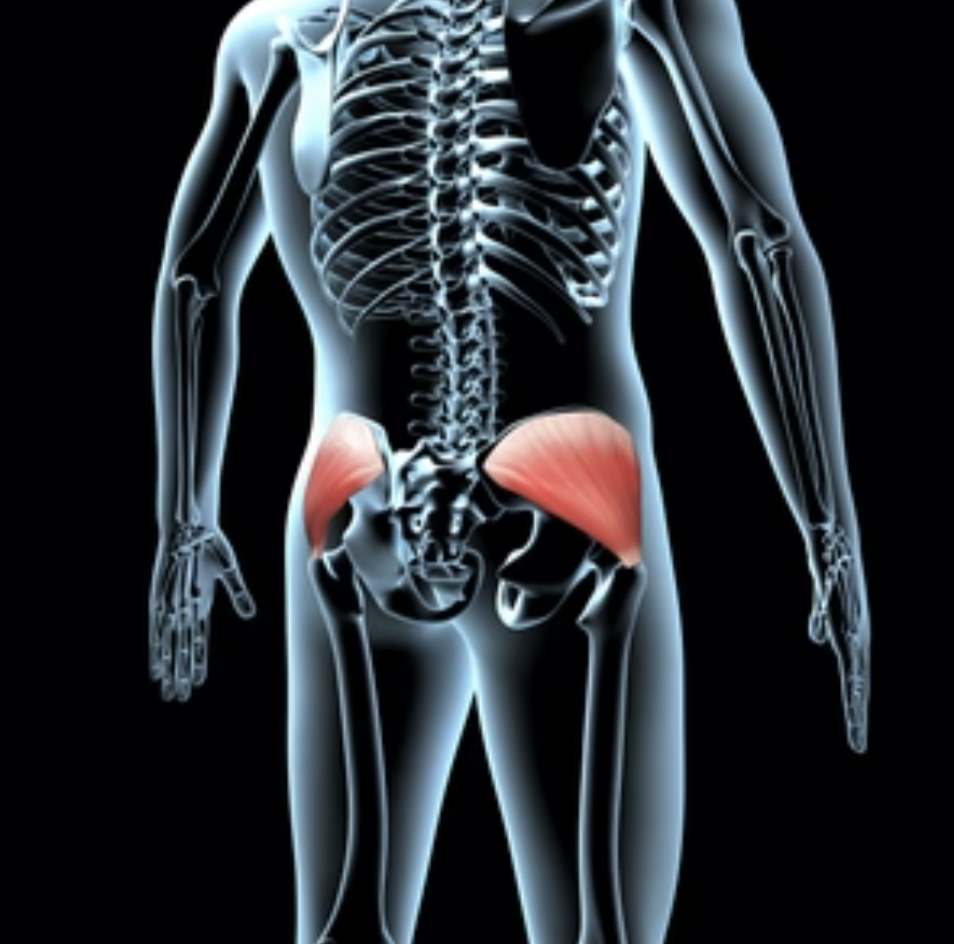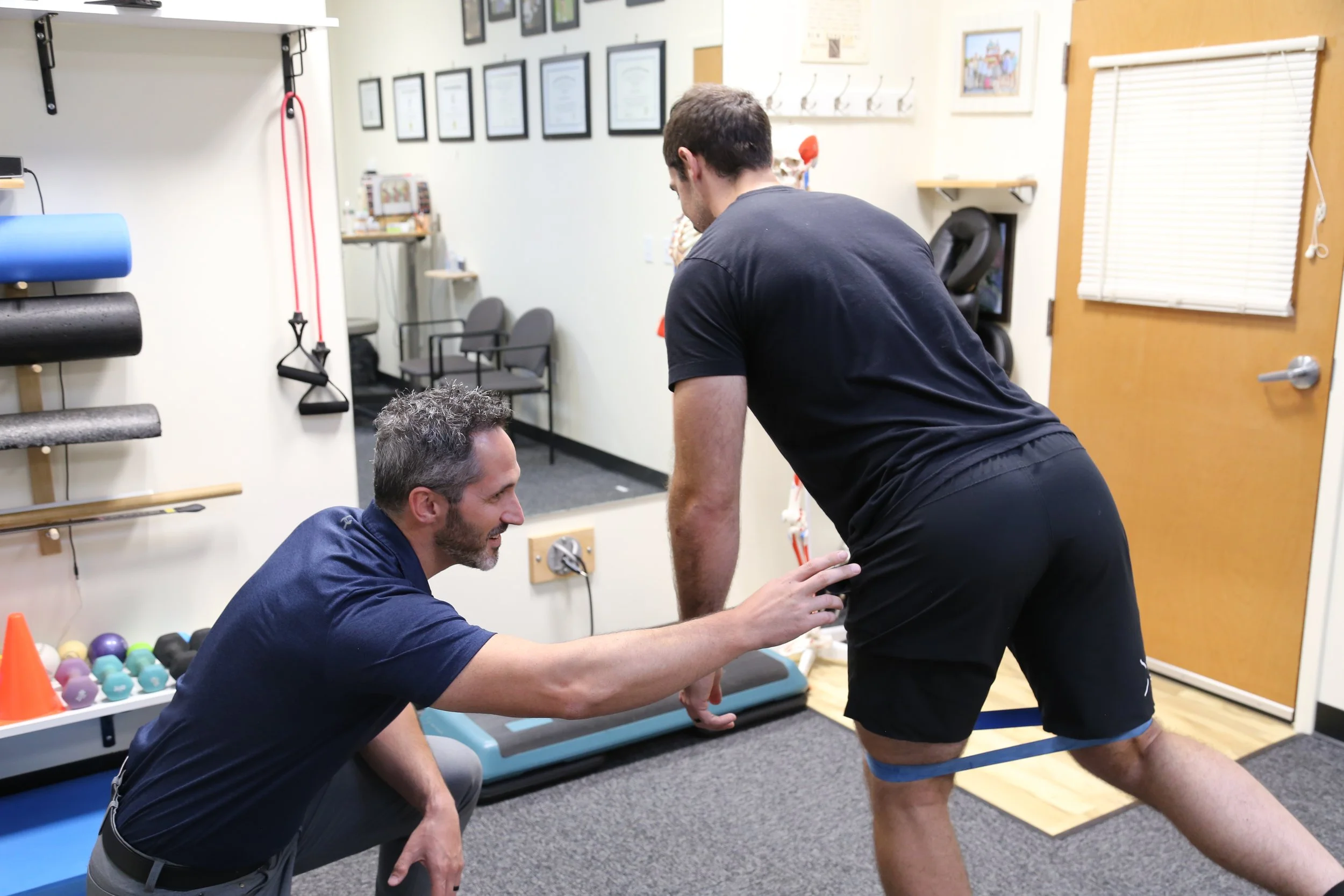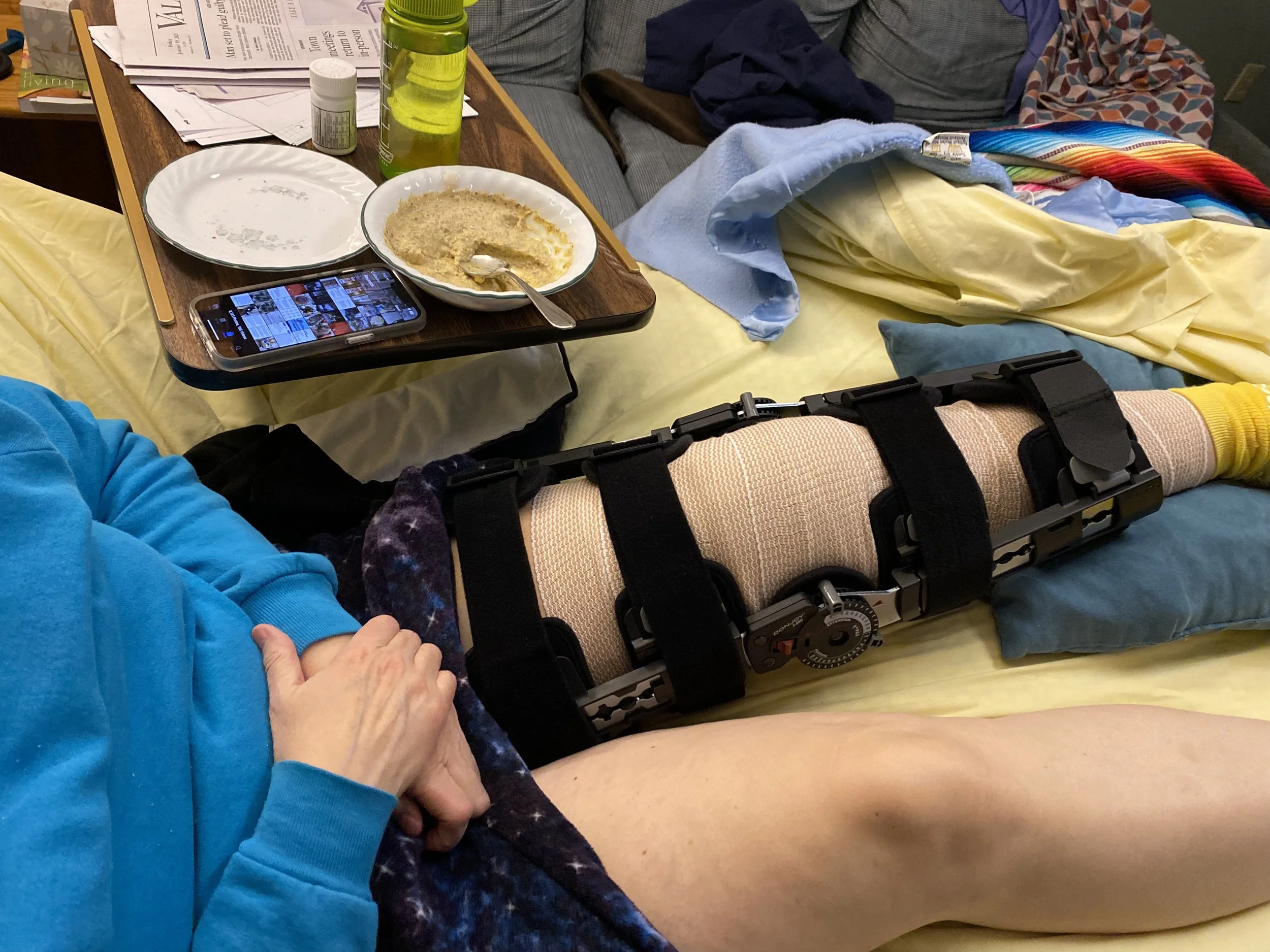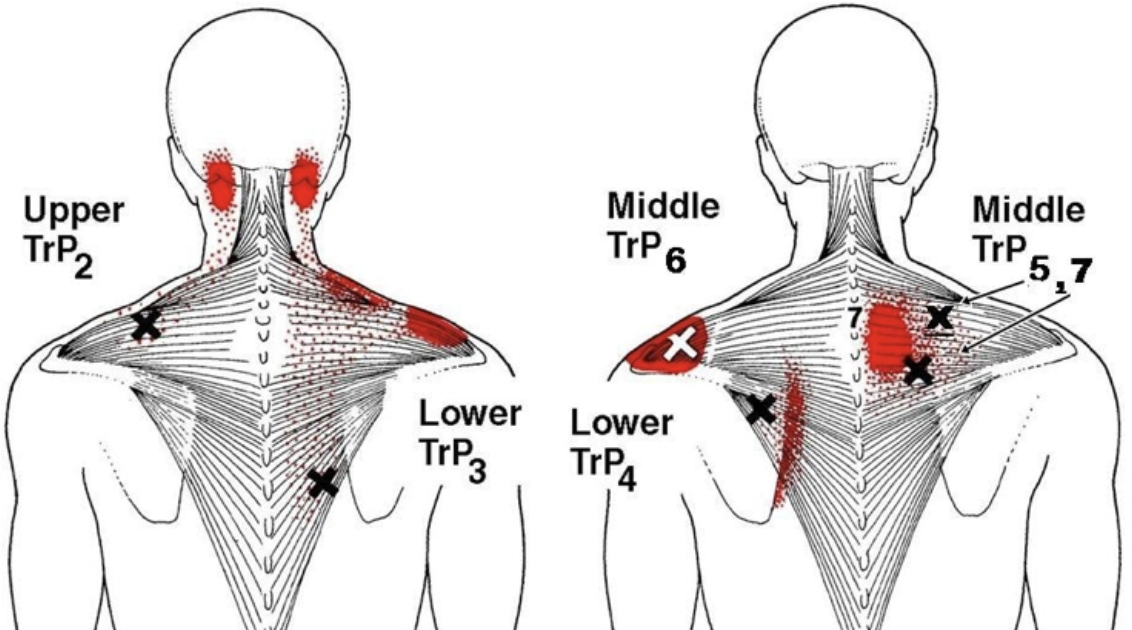Reduced Joint and Tissue Stress
BFR achieves muscular gains using lighter weights, minimizing mechanical stress on joints and connective tissues (e.g., tendons and ligaments), which is a key advantage over traditional high-load training.
● Scientific Evidence: A 2018 study in Clinical Physiology and Functional Imaging compared BFR at low loads to high-load training and found that BFR produced comparable strength gains with significantly less joint stress and discomfort. The study highlighted BFR’s ability to target muscle adaptation without overloading connective tissues, making it suitable for rehabilitation across various populations.
● Benefits and Takeaways:
o High-level athletes can train effectively despite overuse injuries (e.g., patellar tendinopathy) or post-surgical joint sensitivity, maintaining progress without aggravating tissues.
o Post-surgical patients protect healing joints and tissues, making BFR ideal for recovery from orthopedic surgeries.
o Aging populations benefit from reduced joint pain and stress, enabling safe strength training for those with osteoarthritis or degenerative joint conditions.
Enhanced Cardiovascular and Systemic Benefits
BFR improves cardiovascular health and systemic recovery by increasing vascular endothelial growth factor (VEGF, a protein that promotes blood vessel growth), enhancing circulation and aiding tissue repair.
● Scientific Evidence: A 2022 study in Frontiers in Physiology explored BFR’s systemic effects and found that it enhances aerobic capacity and endothelial function (blood vessel health), contributing to improved cardiovascular health. The study noted increased VEGF production and reduced inflammation, which support faster healing and overall wellness, particularly in rehabilitation contexts.
● Benefits and Takeaways:
o High-level athletes maintain aerobic fitness and accelerate healing of soft tissue injuries (e.g., muscle strains), supporting a faster return to high-intensity training.
o Post-surgical patients benefit from improved circulation, which reduces inflammation and speeds up tissue repair, enhancing post-operative recovery.
o Aging populations see improved cardiovascular health and reduced inflammation, supporting overall wellness and recovery from age-related conditions.
Tailored Applications for High-Level Athletes
BFR is uniquely suited for high-level athletes, addressing their need for rapid recovery while maintaining sport-specific performance. Its versatility allows customization to diverse sports, from endurance to power-based disciplines.
● Scientific Evidence: A 2024 meta-analysis in Scientific Reports evaluated BFR’s impact on athletic performance, reporting small to large improvements in strength (effect size = 0.74–1.03), power (effect size = 0.46), speed (effect size = 0.54), and endurance (effect size = 1.39–1.40). The study emphasized BFR’s ability to enhance sport-specific metrics, such as sprint speed for track athletes or endurance for cyclists, by integrating low-load exercises into periodized training. Additionally, a 2025 meta-analysis in BMC Sports Science, Medicine and Rehabilitation highlighted BFR’s benefits for endurance athletes, showing medium to large improvements in aerobic capacity and lower limb strength.
● Benefits and Takeaways:
o Concurrent Strength and Endurance: BFR supports simultaneous strength and endurance gains, ideal for sports like soccer, triathlon, or basketball, where athletes need both.
o Sport-Specific Protocols: Tailored exercises (e.g., cycling for runners, upper-body BFR for throwers) maintain sport-specific skills, ensuring athletes stay competitive during recovery.
o Periodized Integration: BFR fits into de-loading phases, reducing fatigue while maintaining performance gains, crucial for athletes managing high training volumes.
Practical Considerations and Safety
BFR is safe and effective when guided by certified professionals who ensure proper cuff pressure (50-80% of limb occlusion pressure) and tailored exercise protocols, minimizing risks like discomfort or nerve irritation.
● Scientific Evidence: A 2023 review in Journal of Orthopaedic Research assessed BFR’s safety across diverse populations, including athletes, post-surgical patients, and older adults. The review found low risks of adverse events when BFR is supervised, with proper application ensuring optimal outcomes. The study emphasized the importance of individualized protocols to account for varying physical demands and health conditions.
● Benefits and Takeaways:
o High-level athletes require professional oversight to align BFR with sport-specific goals, ensuring safe and effective integration into training regimens.
o Post-surgical patients benefit from customized protocols that protect healing tissues, with supervision ensuring safety during recovery.
o Aging populations need guidance to adapt BFR to physical limitations, maximizing benefits while minimizing discomfort or strain.
Conclusion
Blood Flow Restriction training is a versatile, evidence-based approach revolutionizing the rehabilitation landscape. By promoting muscle growth, enhancing functional performance, accelerating recovery, and reducing joint stress, BFR addresses the diverse needs of among the range of patients we see at Precision. Athletes can help maintain competitive performance, promote faster post-surgical recovery, and enable older adults to preserve strength and mobility, all with minimal physical strain. At Precision, we can ensure that BFR is safely tailored to your specific needs, maximizing its transformative potential. Schedule an evaluation today to discuss your rehab goals and if BFR training is right for you!
Sources:
● BFR Meta-Analysis in Sports Medicine
● Functional Performance Study in JSCR
● Muscle Atrophy Study in AJSM
● Joint Stress Study in Clinical Physiology
● Cardiovascular Benefits Study in Frontiers
● Physical Fitness Meta-Analysis in Scientific Reports
● Endurance Training Study in BMC Sports Science
● Safety Review in Journal of Orthopaedic Research






